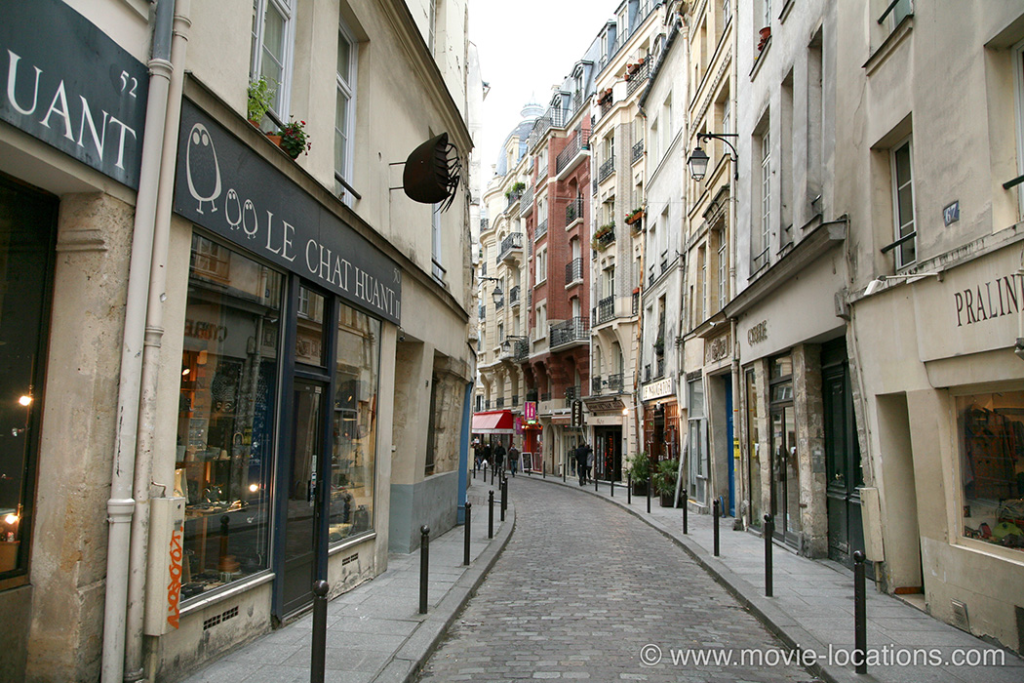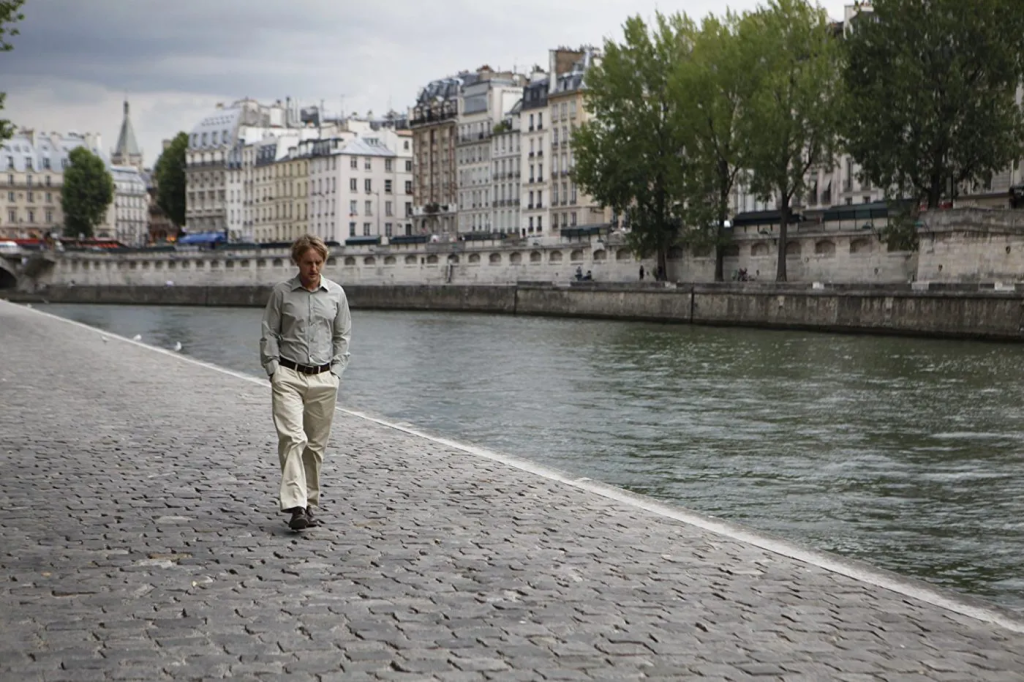Midnight in Paris
The fantasy comedy Midnight in Paris was written in 2011 and was helmed by Woody Allen. The production design for this film was done by Anne Seibel. The illusion that people hold that a life other than their own would be much better is examined in Midnight in Paris. Essentially, it is about a man who is attempting to resolve the issue he has been carrying about for a while.

It tells the tale of Gil Pender, a screenwriter and aspiring novelist who has a deep affection for the city of Paris. He is forced to face the flaws in his relationship with his affluent fiancée and their opposing objectives. As he goes back in time each night to the heyday of the City of Lights, the challenges grow more pronounced. The protagonist’s relationship with his fiancé in the present and the girl he met in Paris in the 1920s also adds historical periods of love stories to the narrative.
Architectural Vision of the Movie.

The majority of this film was filmed in Paris, showcasing both the city’s past and present. Setting the perfect visual tone for the remainder of the film, the opening sequence shows the cameras lingering on the breathtaking Parisian panoramas.
Paris is made quite appetizing by the way it is depicted in this scenario in warmer colors, in all its splendour.
The opening sequence features a montage of lavish Parisian buildings on the sides of the streets and beautiful vegetation at the confluence of the streets. The center of the boulevards are lined with cherry blossoms in full bloom, adding to the classic Parisian backdrop of avenues and moving traffic.

In addition to the scenery, the colors also reflect the time period the protagonist travels through. To create the illusion of time traveling, colors with darker undertones like brown, maroon, and beige are employed whereas lighter hues are used for the modern day.

Additionally, the lighting’s brightness and dimness play a crucial role in each stage.
The blending of hues, textures, tones, and lighting is crucial to the filming process.
It was vital to include appropriate pieces to demonstrate the passage of time because the audience is also drawn to visual components like furniture, paintings, etc.